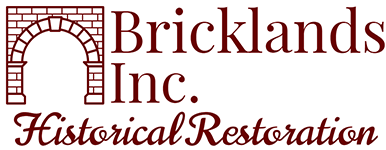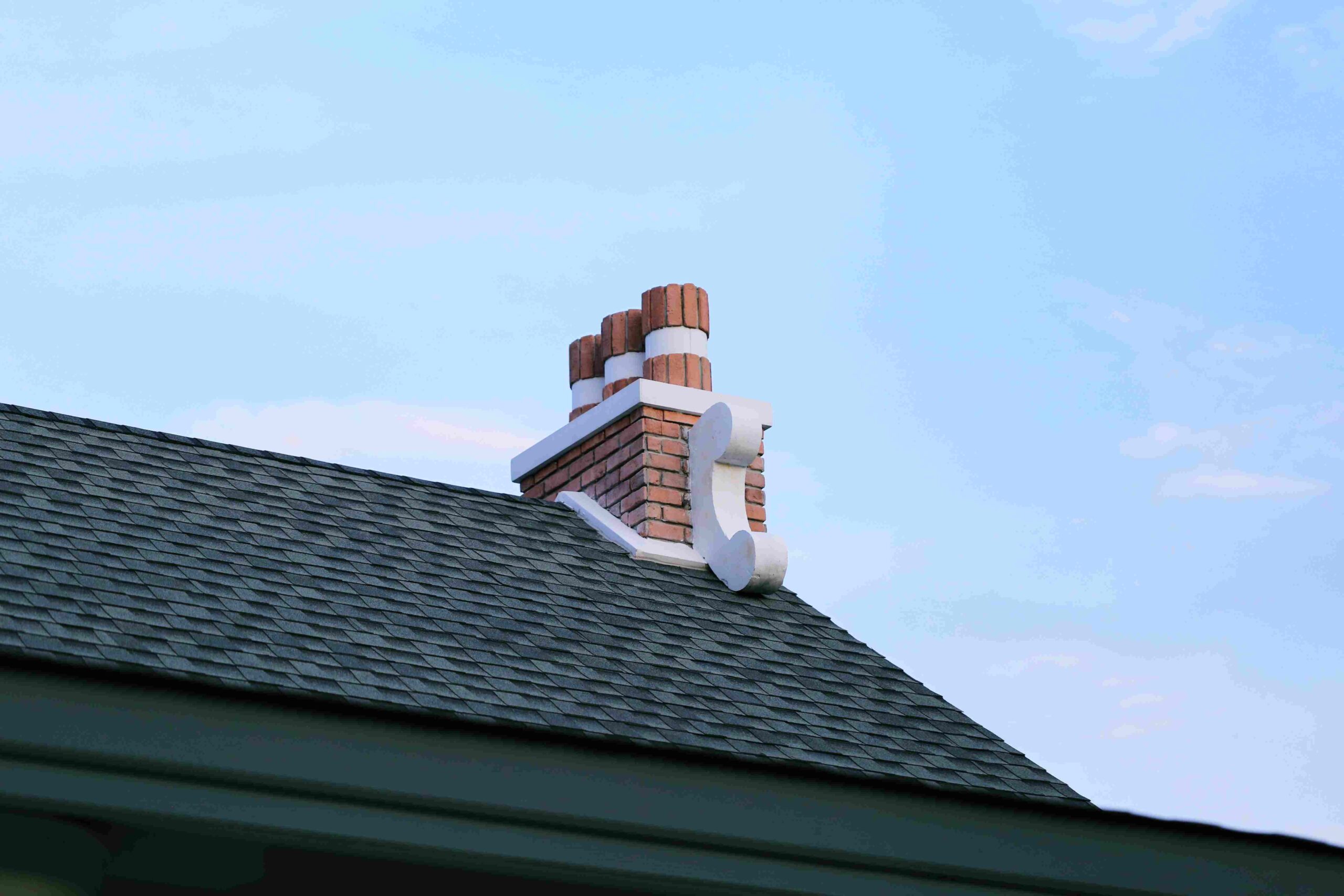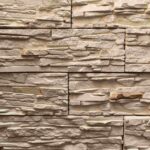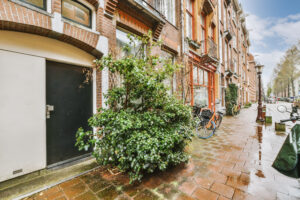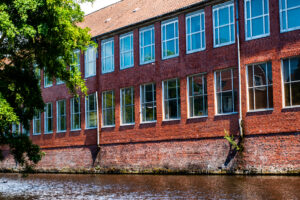The Significance of Brick Restoration
The bricks that make up your chimney are subjected to the harsh elements year-round. Over time, they can deteriorate, leading to structural issues and a decline in your home’s curb appeal. Brick restoration is essential for several reasons:
- Safety: Damaged bricks can compromise the structural integrity of your chimney, posing a potential hazard. Cracked or weakened bricks may not withstand the heat and weight of a fire, leading to the risk of chimney collapse or even a house fire.
- Aesthetics: Restoring your brickwork enhances the overall appearance of your home, creating a welcoming atmosphere. The restored chimney becomes a focal point of your house, adding character and charm.
- Property Value: Well-maintained chimneys can increase the value of your property. When potential buyers see a beautifully restored chimney, they view it as a sign that the house has been well cared for, potentially leading to a higher selling price.
- Longevity: Proper restoration ensures that your chimney continues to serve its purpose for many years. It safeguards against further damage and prolongs the life of your chimney.
Common Brick Problems
Before diving into restoration, it’s crucial to recognize common brick problems:
- Cracks: These can develop due to temperature changes and moisture infiltration. Small cracks may seem harmless, but they can grow over time, weakening the chimney’s structure. Cracks can result from various factors, including freeze-thaw cycles, settling foundations, or even earthquakes.
- Spalling: The surface of bricks may flake or chip, exposing the inner layers. Spalling often occurs because of repeated freeze-thaw cycles, where water gets absorbed into the bricks and then freezes, causing expansion and damage. Salt and chemical exposure can also contribute to spalling.
- Efflorescence: White, powdery deposits on bricks result from water penetration. It’s a telltale sign of moisture issues, which can lead to further deterioration. Efflorescence is caused by water-soluble salts within the bricks being carried to the surface by water and then left behind as the water evaporates.
- Mortar Deterioration: Mortar joints between bricks are also prone to wear and tear. Mortar can crumble, erode, or become dislodged over time. This deterioration not only affects the structural integrity of the chimney but also provides opportunities for water infiltration.
- Brick Discoloration: Bricks can lose their original color due to various factors, including exposure to sunlight, pollutants, and biological growth like algae or lichen.
- Crown Damage: The chimney crown, often made of mortar, concrete, or metal, can crack or deteriorate, allowing water to enter the chimney structure. A damaged crown can lead to severe internal damage.
Inspection and Assessment
Regular inspections are vital for detecting brick issues early. You can perform a visual inspection yourself, but don’t underestimate the value of professional assessments. Experts like Bricklands Inc. can identify hidden problems and recommend appropriate solutions.
During a professional assessment, expect the following:
- A close examination of the exterior brickwork, including mortar joints.
- Inspection of the interior flue for signs of creosote buildup or damage.
- Assessment of the chimney cap and crown.
- Evaluation of the flashing around the base of the chimney.
Brick Restoration Process
Understanding the steps involved in brick restoration can help you appreciate the craftsmanship required:
- Cleaning and Preparation: Before any restoration work begins, the bricks must be cleaned to remove dirt, debris, and loose mortar. This process often involves pressure washing or chemical cleaning. Cleaning not only enhances the visual appeal but also prepares the surface for further restoration work.
- Tuckpointing and Mortar Replacement: Skilled artisans repair mortar joints to restore strength and stability. This meticulous process requires removing deteriorated mortar and replacing it with fresh mortar that matches the original in color and composition. Tuckpointing addresses mortar erosion and cracking, ensuring the chimney’s structural integrity.
- Brick Replacement: If some bricks are beyond repair due to extensive damage, they are carefully removed and replaced with matching bricks. Skilled masons ensure the new bricks seamlessly blend with the existing ones. Brick replacement is essential for addressing cracked, chipped, or severely spalled bricks.
- Waterproofing and Sealing: To protect your restored bricks from future damage, specialized sealants are applied. This step prevents moisture infiltration and further deterioration. Waterproofing is a critical component of chimney preservation, as it guards against rain, snow, and ice infiltration.
- Crown Repair: If the chimney crown is damaged, it must be repaired or replaced to prevent further water intrusion. A properly functioning crown directs water away from the chimney structure.
Importance of Hiring Professionals
While DIY projects have their merits, brick restoration is best left to professionals. Mishandling bricks or mortar can lead to costly mistakes and potentially dangerous situations. Experts like Bricklands Inc. have the knowledge and experience to do the job safely and effectively, ensuring your chimney’s longevity and safety.
Cost Factors
The cost of brick restoration varies based on several factors, including:
- Extent of Damage: The more extensive the damage, the more labor and materials will be required. Minor repairs are generally more affordable than extensive restorations.
- Chimney Height: Taller chimneys may require additional scaffolding or equipment, which can increase the overall cost.
- Accessibility: Difficult-to-reach chimneys may involve higher labor costs due to the need for specialized equipment or additional time.
- Materials: The type and quality of materials used can influence the cost. High-quality bricks and mortar tend to be more expensive but offer durability and longevity.
- Additional Repairs: If your chimney requires additional repairs, such as flue liner replacement or masonry reinforcement, these will add to the overall cost.
While it’s challenging to provide an exact figure without an assessment, a rough estimate for a typical chimney restoration ranges from $1,500 to $4,000. It’s important to note that investing in professional restoration can save you money in the long run by preventing more extensive and costly repairs.
Maintenance Tips
After brick restoration, follow these maintenance tips to prolong the life of your chimney:
- Regular Inspections: Schedule annual inspections by professionals to catch potential issues early. A professional chimney sweep can also remove creosote buildup, reducing the risk of chimney fires.
- Cleaning: Remove debris from the chimney cap and flue to prevent blockages and improve ventilation. Clean the chimney cap and flue liner as needed.
- Keep Trees Trimmed: Overhanging branches can damage the chimney during storms. Regularly trim trees to avoid this risk. Fallen branches can cause significant damage to the chimney and surrounding areas.
- Install a Cap: Consider installing a chimney cap to prevent moisture and debris from entering the chimney. Caps also deter animals from nesting inside, reducing the risk of blockages and damage.
- Monitor for Leaks: After rain or snowfall, check your chimney’s interior for signs of water infiltration, such as dampness or discoloration. Address any leaks promptly to prevent further damage.
Frequently Asked Questions (FAQs)
The duration of brick restoration varies depending on the extent of the restoration work. It can range from a few days for minor repairs to a couple of weeks for more extensive projects. Factors such as weather conditions and the availability of materials can also impact the timeline.
It’s best to avoid using the fireplace during the restoration process. This allows the mortar to cure properly without exposure to heat or moisture. Using the fireplace prematurely can compromise the quality of the restoration.
It’s recommended to schedule professional chimney inspections at least once a year, preferably before the start of the heating season. Regular inspections help catch issues early and ensure the safety of your fireplace. If you use your fireplace frequently, consider more frequent inspections.
Tuckpointing and repointing are often used interchangeably, but they have slight differences. Tuckpointing involves applying a thin layer of mortar over existing mortar joints for a cosmetic effect. Repointing, on the other hand, entails removing and replacing deteriorated mortar joints to restore structural integrity. Repointing addresses mortar erosion and cracking, ensuring the chimney’s strength and stability.
Brick discoloration can result from exposure to sunlight, pollutants, and biological growth. To prevent discoloration, consider the following:
- Apply a breathable sealer to protect bricks from staining while allowing moisture to escape.
- Regularly clean the chimney’s exterior to remove dirt and pollutants.
- Address biological growth, such as algae or lichen, promptly to prevent staining.
Yes, several signs indicate the need for professional chimney restoration:
- Visible cracks or gaps in the bricks or mortar joints.
- Spalling, where the surface of the bricks flakes or chips.
- Efflorescence, indicated by white, powdery deposits on the bricks.
- Leaks or water infiltration inside the chimney.
- Discoloration, erosion, or deterioration of the mortar joints.
- A leaning or unstable chimney structure.
If you notice any of these signs, it’s essential to contact a professional for a thorough assessment and timely restoration.
Conclusion
In conclusion, your fireplace chimney deserves the best care and attention. Brick restoration not only enhances the aesthetics of your home but also ensures the safety and longevity of your chimney. Contact Bricklands LLC today to schedule an assessment and start your journey toward a beautifully restored fireplace.
References:
National Park Service (NPS) - Preservation Briefs
- Website: https://www.nps.gov/tps/how-to-preserve/briefs.htm
- The National Park Service provides a collection of Preservation Briefs that offer guidance on various historic preservation topics, including brick masonry restoration. These briefs contain valuable information and best practices.
U.S. Environmental Protection Agency (EPA) - Lead Renovation, Repair, and Painting Program
- Website: https://www.epa.gov/lead
- The EPA’s Lead Renovation, Repair, and Painting Program provides information on safe practices for renovation and repair work that may involve lead-based paint. Brick restoration often involves addressing old painted surfaces, and this program offers guidance on handling such projects safely.
U.S. General Services Administration (GSA) - Historic Preservation
- Website: https://www.gsa.gov/real-estate/historic-preservation
- The U.S. General Services Administration offers resources and guidelines related to historic preservation, including information on restoring and maintaining historic structures, some of which may include brickwork. This resource can be particularly helpful for those involved in government-owned historic buildings or interested in federal guidelines on restoration.
